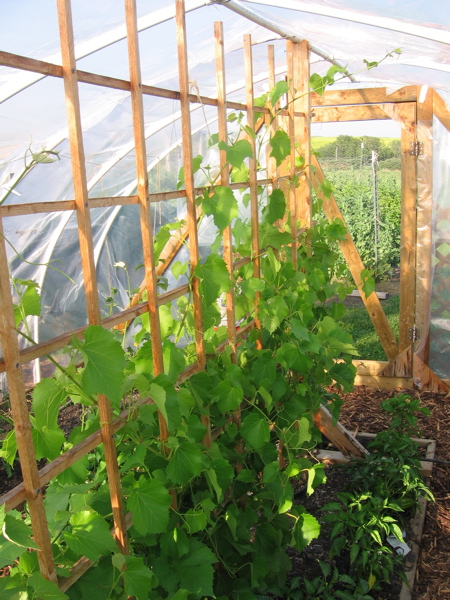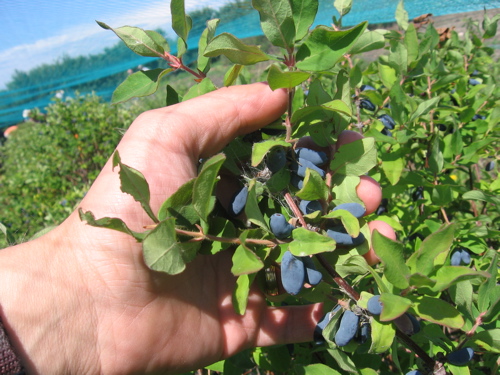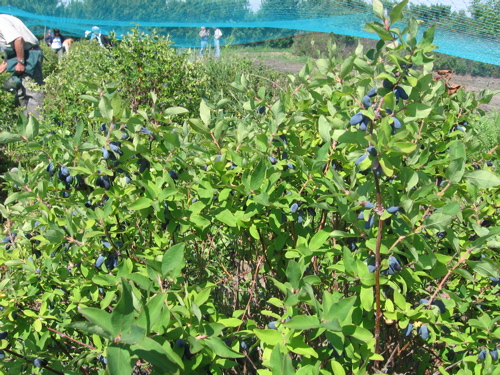When I was a kid growing up in central Alberta, I was pretty sure that all good fruit came out of B.C. True, I we had raspberries and strawberries on the farm, but apples, plums, cherries, grapes and the like where all “exotic” fruit that simply didn’t grow in Alberta. How mistaken I was! Or at least, how things have changed! I never would have thought that I could be growing plums, grapes and kiwis just outside of Red Deer, Alberta. But it’s true. There is a whole world of hardy fruit plants that can survive and even thrive on the northern prairies.

So if you’re looking to grow some “exotic” fruit of your own, here’s my list of 17 hardy fruits that you can grow on the prairies.
1. Cherries
The University of Saskatchewan has really done great work in making cherries a viable prairie fruit. I now know of at least 10 varieties that are available. (I personally have 7 varieties.)
2. Haskap/Honeyberries
This fantastic fruit is amazing! Consider this… Can withstand -47 degree weather, ready for picking by the end of June, can produce 7 kgs of fruit per bush, and tastes great! Take a look at this article I wrote about haskap earlier.
3. Grapes
Yup, that’s right. Grapes in Alberta. Valient is the most common variety, but there are others as well. I’ve had mine for two years now, so I’ll be looking forward to my first harvest soon.

